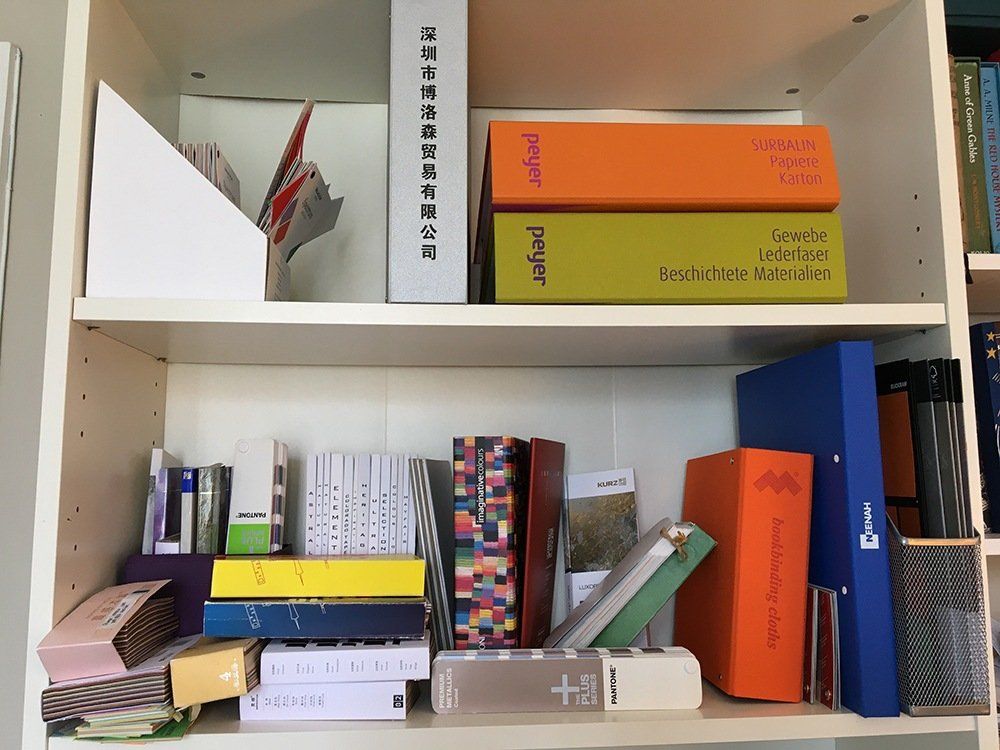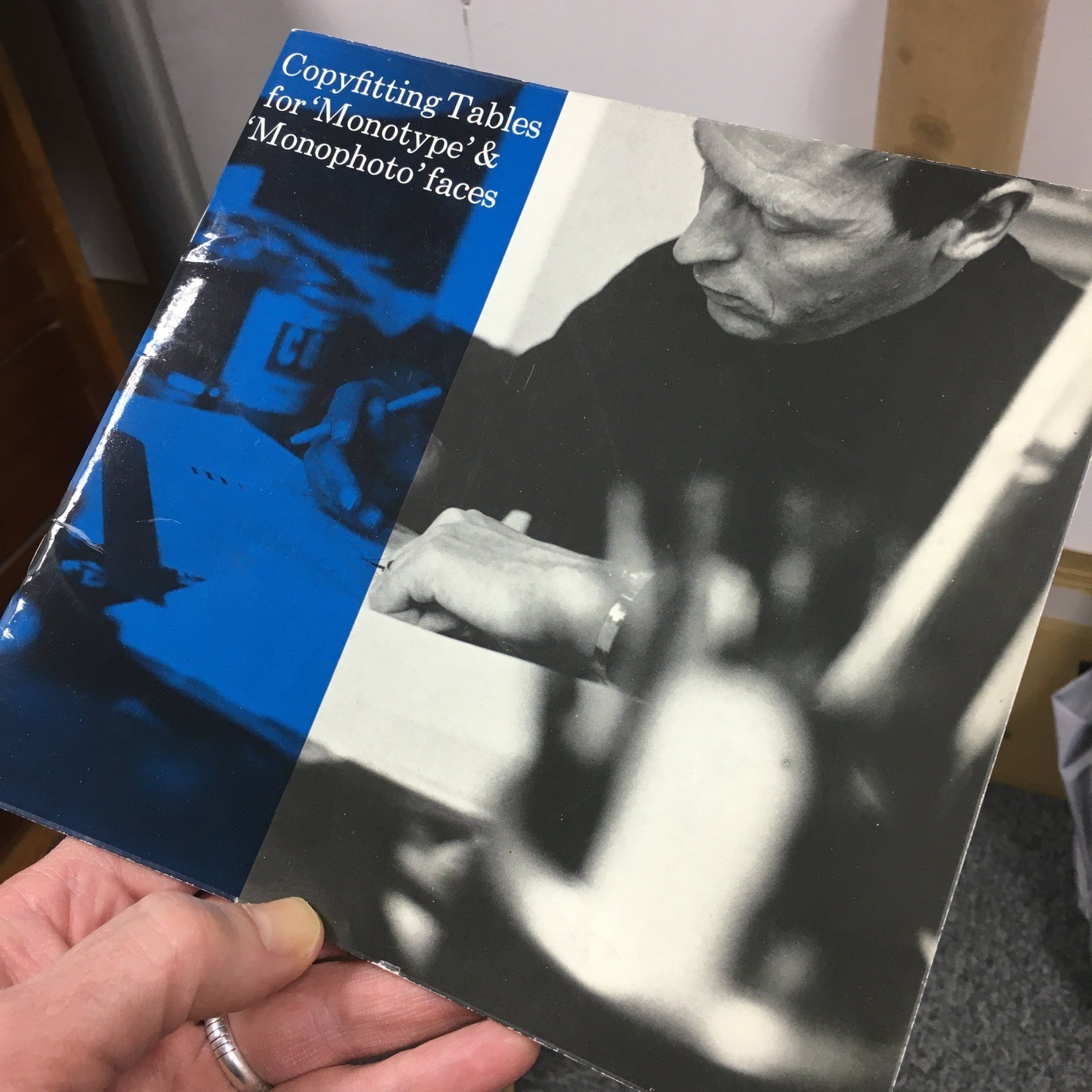Print making during the pandemic
To set the scene, I am an artist printmaker. I specialise in linocuts and Japanese woodblock: figurative landscapes with the focus very much on light, weather and empty space. Mostly I work with reduction linocut: creating the print from one piece of lino which is cut away as layers of colours are printed, the block gradually destroyed as the print emerges.
I was slow to realise what Covid was going to do to my business plans; probably we all were. As the pandemic spread and lockdown began, it slowly dawned on me that it would be more than a couple of weeks. Perhaps a whole month? Maybe the spring shows would be delayed, possibly I’d have to shift my summer school? That my comfort eating and wine-every-evening was becoming more of a lifestyle choice than an emergency measure.
Feeling pretty down and panicky, I decided that every day I’d post a short film, inviting people to join me while I made a reduction linocut. The premise was simple: share my skills, welcome people into my studio and encourage printmaking. That was then. Fast forward to now and we’ve made over a hundred films and advanced from a wobbly phone camera taped to my Albion, to decent lighting and some proper kit (thank you crowd funders). My husband’s lockdown learning transformed him from photographer to cinematographer. We even own a clapperboard.
I’ve always enjoyed sharing my techniques with others. Far from keeping them secret, I’m delighted to tell people just how astonishingly sensitive and adaptive linocut printmaking can be when it’s pushed. My greatest pleasure in making these films lies in explaining my thinking and technique layer by layer as each print comes to life. Cutting traditionally steals the show with a linocut (the clue is in the name), with inking more a matter of getting good coverage and the right colour. In my landscapes, the aim is to catch transient light and a sense of weather and I spend most of my time dodging the hard edges and the graphic quality usually celebrated as a strength of linocut. It’s the inking, not the cutting, that’s really key in my linocuts.
Reviewing the films, I see how much inking I do compared to cutting. For every layer I cut into the lino, I may ink and print the block in two or three different ways, often varying the pressure too. I work with very thin layers of ink, sometimes smooth, sometimes textured and rely very much on the underlayers showing through and affecting later inking. I also see, having made a short film series on using a coloured paper, that I depend on the white of paper for brightness much as a water colourist might. The coloured paper pushed me into a change of approach as we filmed, surprising me probably more than the audience. I’m also pleased I got to share the need to use good soft rollers and why I think traditional artist’s lino, the sort that snaps at the end of every cut and comes with a hessian backing, is so much better to use than plastic easy cut products.
I’d love to say this was a project carefully planned from the start. It’s true that it’s kept us grounded, raised my profile, print sales have resulted, the business is afloat. In reality it came from being adrift and a nagging feeling I’d be judged by what I did during this pandemic. Looking back, I’m am proud we followed our instincts to open the studio and welcome people in to watch me print, and I think we’re happy to be judged on that.


